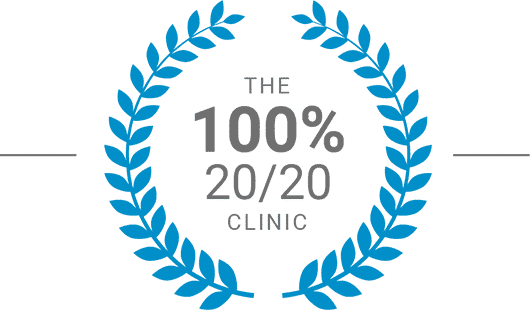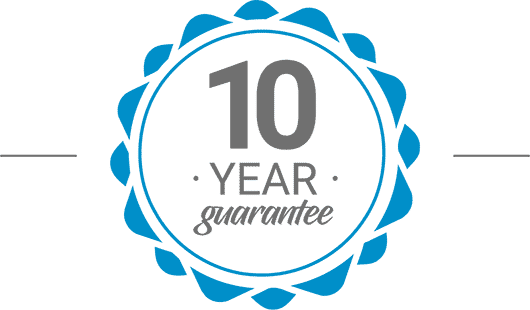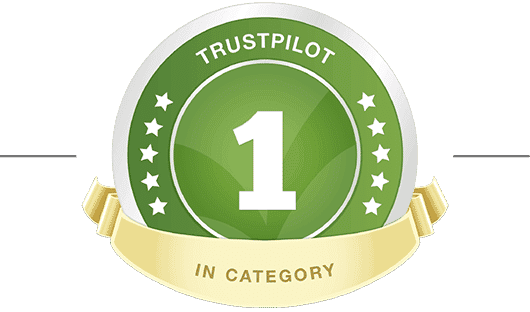Book Your Free Consultation
Mr David Allamby
MD, FRCOphth, FRCS
As one of the most common eye disorders across the world, there has been an alarming increase in myopia over the years, with the condition starting at younger ages than ever before.
To put this into perspective, the prevalence of myopia is about 30-40 percent among adults in Europe and the United States, and up to 80 percent or even higher in Asia – and there’s no evidence of the condition slowing down. In fact, myopia is increasing at an alarming rate.
A recent study by the College of Optometrists and Ulster University, has found that myopia prevalence in children in the UK has more than doubled in the last 50 years. The study found that nearly one in five teenagers in the UK are now myopic, or short-sighted, and that children with one parent with myopia are at least three times more likely to be myopic, than those without a myopic parent.
Other key findings from the study include:
Considering the effect of high myopia on learning, quality of vision, as well as a substantially increased risk of Glaucoma and Retinal Detachments – it seems logical to consider it a concern.
Myopia is ranked second behind cataracts as the leading cause of visual impairment across the world. Like all refractive errors, myopia is measured in diopters (D). These are the same units used to measure the optical power of glasses and contact lenses.
The severity of myopia is often measured as follows:
Most people with myopia are below -6.00D, but some people have much higher levels of myopia. How high your myopia is can be a sign of whether it may lead to further problems with your eyes. Most people with myopia of less than -6.00D don’t develop any further problems and the blurriness their myopia causes is easily dealt with by glasses or contact lenses. This is known as simple myopia. Some people with myopia higher than -6.00D may be at risk of certain eye conditions that require treatment other than glasses or contact lenses.
Unfortunately there are no treatments available to stop your eye from developing the complications of high or pathological myopia. Currently treatment is aimed at improving your vision and to treat any complications if and when they happen.
Tasks such as reading, writing or using electronic devices may increase the risk of myopia development in children. We can’t stop these things from happening, so the best thing we can do is be more vigilant about detecting it early and continue to consider myopia prevention strategies such as spending more time outside, doing outdoor activities.
To find out whether you think your child is at risk of myopia and what you can do to prevent it, check out this blog post - Myopia in Children.
Book a FREE* Consultation
To get a better idea of how we can help you, and also the different types of services we offer, book a consultation now.

100% 20/20 vision
Focus Clinic has a remarkable 100% success rate for 20/20 vision. We know of no other clinic that has matched these results. There is a big difference between, for example, 98% and 100% success, especially if you are in the 2%.

10 year guarantee
Your 10 Year Guarantee means you can return at any time if you have additional questions on the quality of your vision. If you have distance vision correction for short-sight then any repeat laser eye treatments to correct a return of myopia in the first 10 years are included free of charge.*

Most trusted eye treatment clinic
We have the highest trust rating of any ‘eye treatment’ rated clinic, according to independent review site TrustPilot. With an outstanding 9.9 out of 10, when it comes to your eyes, choose the clinic that actual patients trust the most.
*Terms and conditions apply, excludes any age-related changes and conditions unrelated to the primary treatment